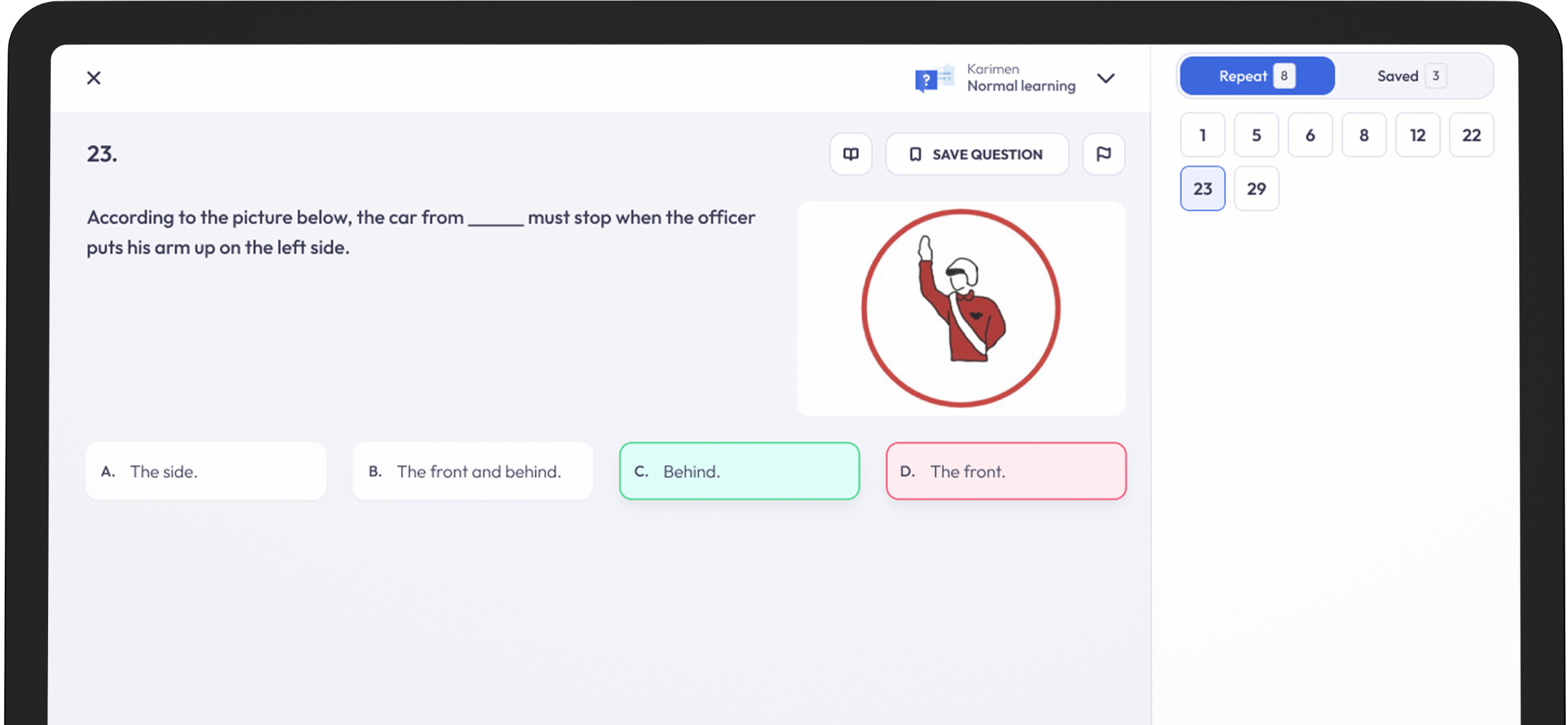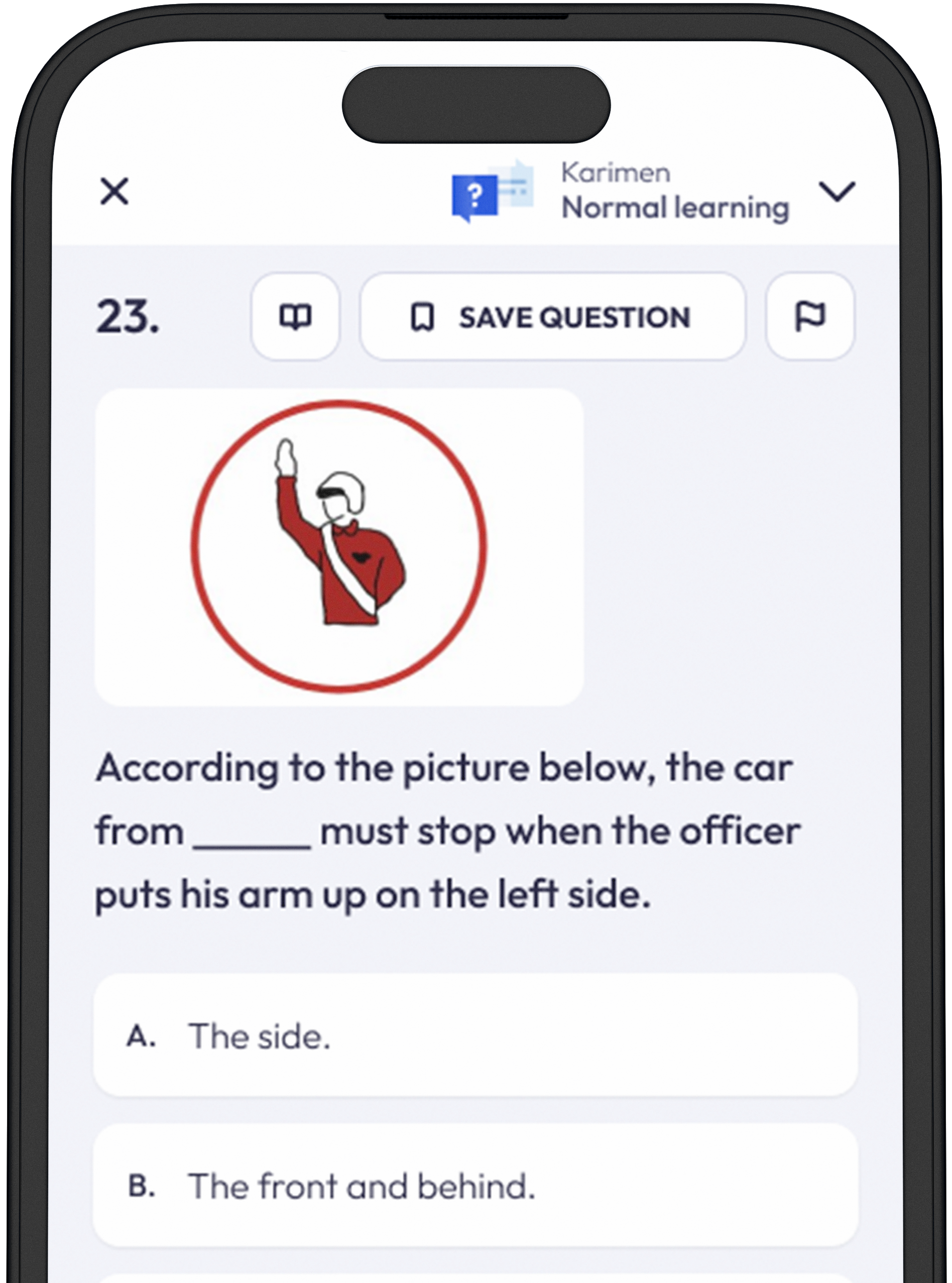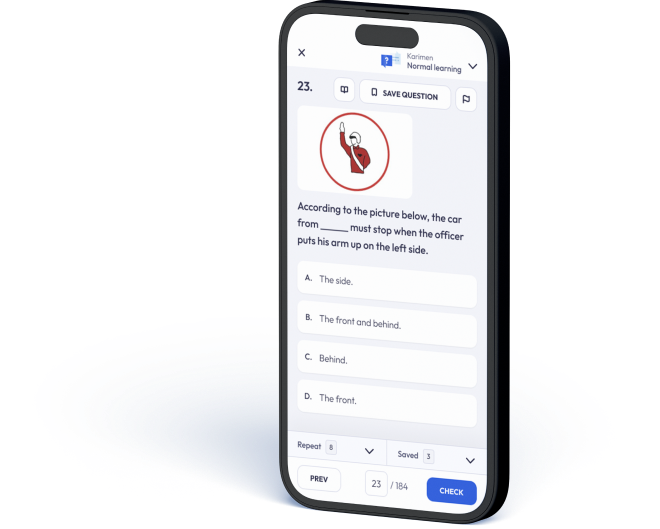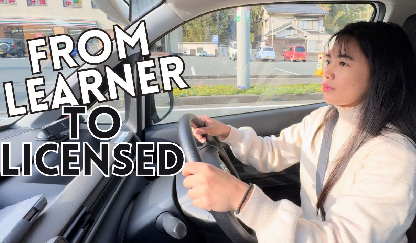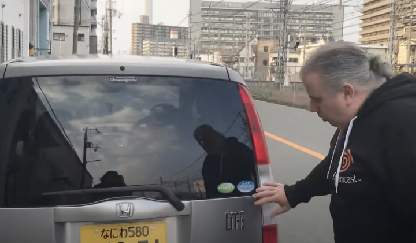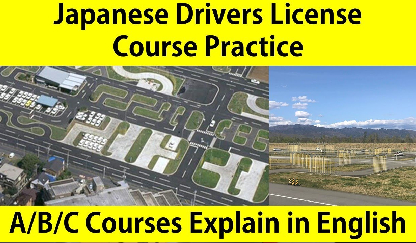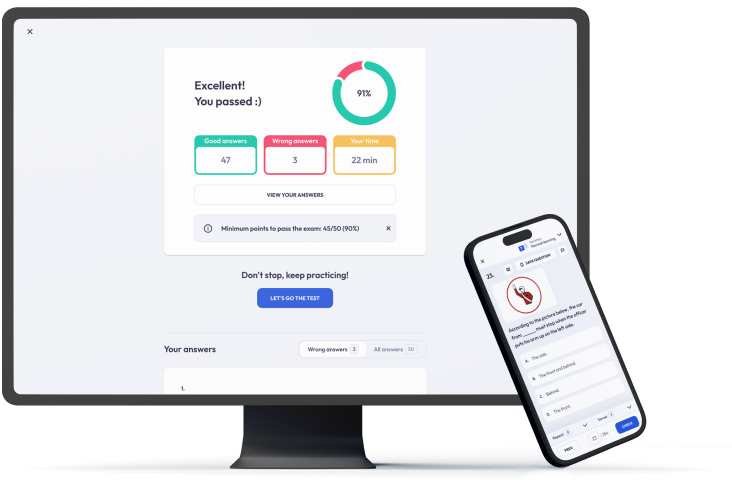Training for a Japanese Driving License and Useful Information about the Process
Types of driving licenses in Japan
In Japan, there are several types of driving licenses that you can obtain, depending on your qualifications and driving experience. The types of licenses include:
- Ordinary Vehicle Class 1 (一般車第一種): This is for vehicles with up to 9 passengers. It's the most common type of license and covers most cars that people drive for personal use.
- Ordinary Vehicle Class 2 (一般車第二種): This license is for vehicles with 10 or more passengers. It's generally used for bus drivers.
- Motorcycle: There are a few options depends on the engine size.
- Gentsuki (原付) - Moped License: This license allows you to operate mopeds or scooters with an engine displacement of up to 50cc.
- And a few more...
If you're considering getting a Japanese driving license, it's essential to understand the process and what it entails. Officially, there are four tests involved in obtaining a Japanese driving license, divided into two stages: the Karimen (仮免) or provisional license, and the Honmen (本免) or actual license.
Gentsuki (原付) - Moped License
In addition to cars and motorcycles, there's the Gentsuki or moped license. Mopeds are a popular choice in Japan, especially in urban areas, due to their convenience and ability to navigate through traffic with ease.
Eligibility
To apply for the Gentsuki license, you must be at least 16 years old. If you already have an Ordinary Vehicle or Motorcycle license, you're not required to take the Gentsuki practical test.
Theory Test
The written test for the Gentsuki license is simpler compared to other vehicle categories. It consists of 10 multiple-choice questions, and you need to score at least 7 correct answers to pass.
Practical Test
The Gentsuki practical test focuses on basic driving skills. The test route is relatively short, including basic maneuvers such as turning, stopping, and starting. Emphasis is placed on safety, so make sure to follow all traffic rules during the test.
Benefits of Gentsuki License
Obtaining a Gentsuki license is often quicker and less rigorous compared to other licenses. For those living in Japan temporarily or in densely populated areas, a moped might be all you need to get around efficiently.
Karimen (仮免) - Provisional License
The first stage in obtaining a Japanese driving license is the Karimen, which translates to "Provisional or Learner's Permit." This stage allows you to learn and practice driving on public roads. It involves both theory and practical exams.
Theory Test
At driving schools, the theory and practical tests are often conducted on the same day. The theory test consists of 50 true-or-false questions, where you need to score at least 45 correct answers to pass.
Practical Test
The practical test is divided into groups of three, and you'll take turns driving a designated course. You start with 100 points and receive penalties for each mistake, with 90 points needed to pass. Critical mistakes, such as running a red light, result in disqualification.
Honmen (本免) - Actual License
Once you obtain your learner's permit (Karimen), you enter the second stage of the process, the Honmen, leading to your actual driver's license. This stage includes additional theory classes and more driving lessons on public roads.
Practical Test
The final day at the school includes a detailed explanation of the practical exam, including the specific route and parking scenarios. You will be tested on various driving skills and maneuvers.
The Theory Test
The theory test for the actual license is more comprehensive and challenging than the one for the learner's permit. It includes 90 true-or-false questions and five danger prediction questions, where you need to score at least 90 out of 100 points to pass.
Taking Lessons at a Japanese Driving School
When embarking on the journey to obtain a Japanese driver's license, you will likely enroll in an official driving school. The process of learning to drive in Japan is structured and consists of several key components.
Enrollment and Orientation
Enrollment involves completing the necessary forms and paying for the course. The school provides you with textbooks, a workbook, and a personal folder to keep track of your progress. An orientation class is held to explain the curriculum and emphasize punctuality.
An interesting part of the orientation is the aptitude test, which evaluates your personality and motor skills. While the results don't impact your ability to obtain a license, they provide insights into your potential driving behavior and areas to be cautious about.
Theory Lessons (学科教習)
Theory lessons take place in regular classrooms, and teachers cover a lot of material in a short time. They often use slideshows and videos to reinforce the key points. To prepare for exams, students can complete homework in workbooks and take mock tests on the school's website.
Practical Lessons (技能教習)
Practical lessons are the heart of your driving education. They help you develop essential driving skills and techniques. In stage one, all practical lessons take place within the school's grounds, as you need a learner's permit to drive on public roads.
Stage one focuses on specific driving skills required for obtaining your learner's permit, including S-curves and crank maneuvers. Manual transmission learners may require additional lessons, adding to the cost of the course.
In stage two, practical lessons move to public roads, allowing you to experience real-world driving scenarios. You'll learn essential skills such as reverse and parallel parking. Similar to stage one, stage two also includes mock exams for both written and driving tests, preparing you for the final exams.
Driving Instructors
Throughout the practical lessons, you'll develop essential skills for both stage one and stage two of your training. Stage one culminates in the driving test for your learner's permit, which takes place on the same day as the written test. Passing both tests means you'll receive your learner's permit.
Stage two focuses on refining your driving abilities on public roads and includes lessons on reverse and parallel parking. At the end of stage two, you'll be ready to take the final driving test at the Driver's License Center.
The Day You Get Your Driver’s License
The final step is taking the theory exam at the Driver’s License Center. You can choose between morning and afternoon exams, with no reservations required. The test is computer-graded, and results are available quickly. If you pass, you can get your license on the same day.
This app will help you to prepare for a written test for a driving license. Instead of spending a lot of time reading books and memorizing rules, you can just work with real (or really similar questions) questions. You can focus on the ones that you make mistakes. After studying here you should be able to pass the written exam without any problems.
I wish you luck and hope you will be able to get your driving license easily in Japan!
